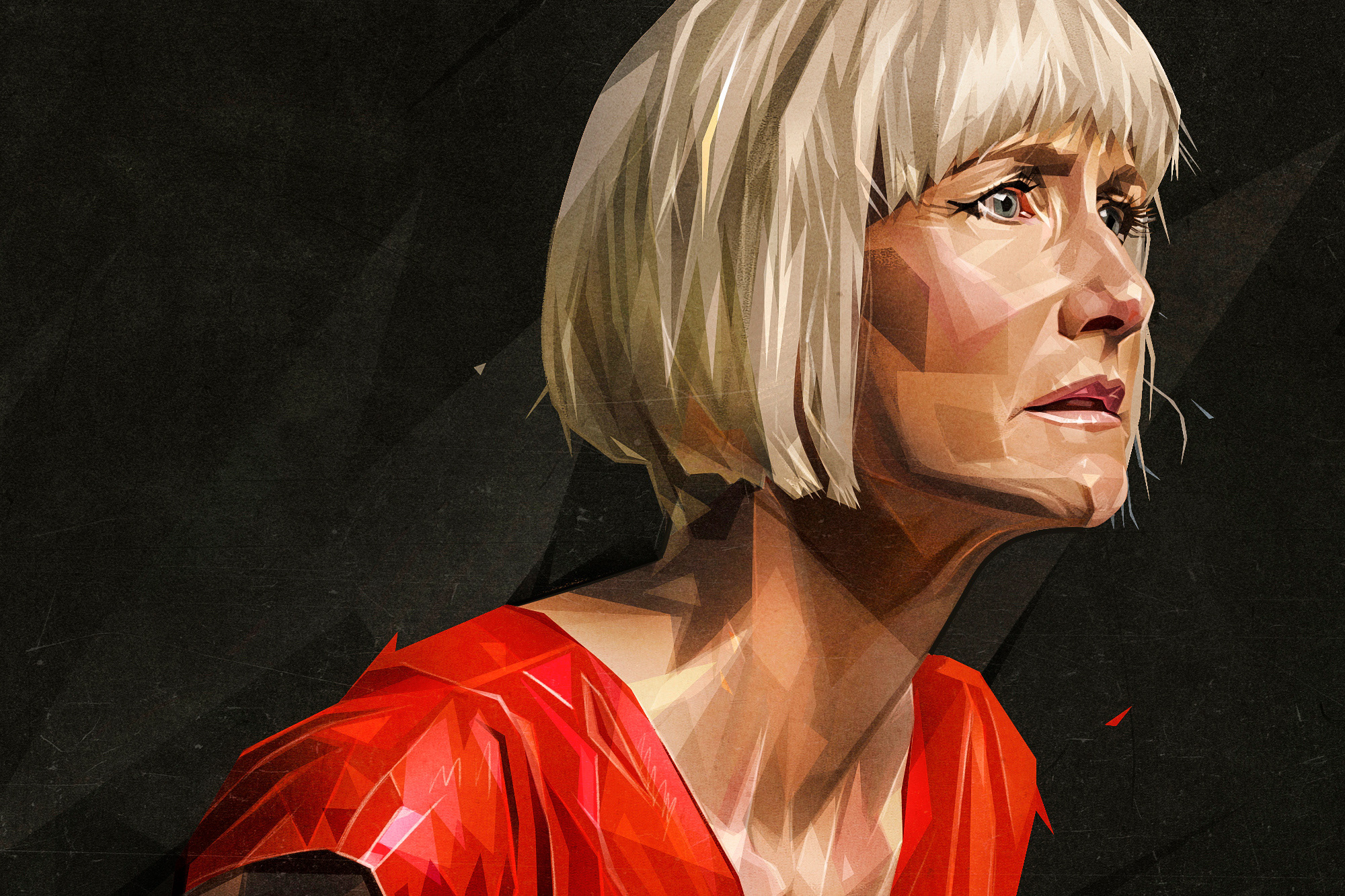The environmental crisis/ Anthropocene
second cover for the magazine for the cultural organization PointCulture.
second cover for the magazine for the cultural organization PointCulture.

http://bruxelles.pointculture.be/
The Anthropocene is an epoch during which human activities started to have a significant global impact on the Earths geology and ecosystems.
The second cover explores the presents and analyses WHAT is our relation with nature today? How can we describe the relation based on facts that flickers all over the social media? And in all of that, where do we stand as a humanity?
Roughly one third of the food produced in the world for human consumption every year — approximately 1.3 billion tonnes — gets lost or wasted.
Earth has lost half of its wildlife in the past 40 years says the WWF
The rapid loss of species we are seeing today is estimated by experts to be between 1,000 and 10,000 times higher than the natural extinction rate
75% of the world’s fisheries are fully or over exploited
In some parts of the world the bee is on the list of endangered species.
75% of genetic diversity of agriculture crops has been lost.
44 percent of all seabird species, 22 percent of cetaceans, all sea turtle species and a growing list of fish species have been documented with plastic in or around their bodies.
Somewhere along the lines of history and evolution, we lost the sense of balance, giving and co-creation. We became takers and consumers of our own environment and of ourselves. It seems that we got lost in the search of answers, we got lost in calculations and analyses. In an attempt to understand and proof the life itself, we divided the world into smaller and smaller pieces, into atoms or nowadays even into pentaquarks.
We cut so deep and so far, creating gaps, dividing, fighting in the name of what? Sometimes I wonder, what are we really looking for?
When I step out into the streets, I walk on the pavement where soil can not breathe. A few patches of greenery is trimmed, cut, controlled just as a decoration to please the eye (or that is what we think it does). And if I look around I see what once was a wilderness, now is boxed, canned, wrapped, chopped, packed, marked, counted, leashed, controlled, trained, exterminated, sprayed and manipulated.
Sometimes I feel like all of our lives are manufactured, calculated and sold. And to the some level we are so used to this standard of daily routine that we no longer notice it, see it, or care about it – it is our new normal. And to some people, it is all that they know. They have nothing else to compare it to, to look for, ask for, or try. And somehow, the non experience of wilderness in some people's lives creates the opposite reaction – discomfort, threat of even disgust towards what is natural.
The cover is designed from two parts, the top cover and the bottom. The bottom cover talks about the process of transformation. While the top cover tell the story about endless fields of monoculture, unified, simplified, manipulated and controlled.
In order to express these thoughts in visual language, I started with a piece of squared paper, a page from the old book keeping journal as a base for my second magazine cover. I use it as an allegory for over-thinking, industrialization and consumption.
I used most of the images from the first cover that represents diversity, natural and wild. I decided to filter all of that through the chemical laboratory flasks in order to show the process from exploration to exploitation.
What comes at the other end of the flask is an industrialized, mass produced idea of our reality. The white cubes represent our urban environment, from the houses we live in to the packaged food in the shops. It is basically our way of modern living. The funny white circles on the sticks, are the botanical diagrams - a simplification key of the plant flowering process. I use them to represent the unification of biodiversity and representation of monocultures/ the presents of our situation of agriculture and plant industry.

The bottom cover talks about the process of transformation.

While the top cover tell the story about endless fields of monoculture, unified, simplified, manipulated and controlled.





Searching, Playing and Designing process



The funny white circles on the sticks, are the botanical diagrams - a simplification key of the plant flowering process. I use them to represent the unification of biodiversity and representation of monocultures/ the presents of our situation of agriculture and plant industry.




